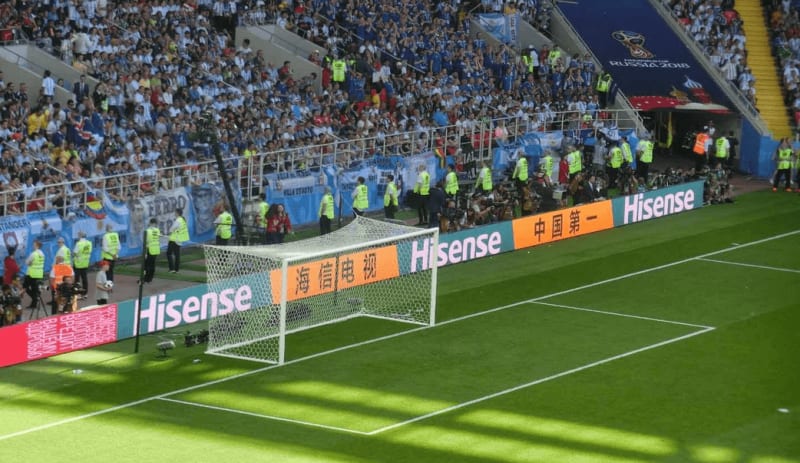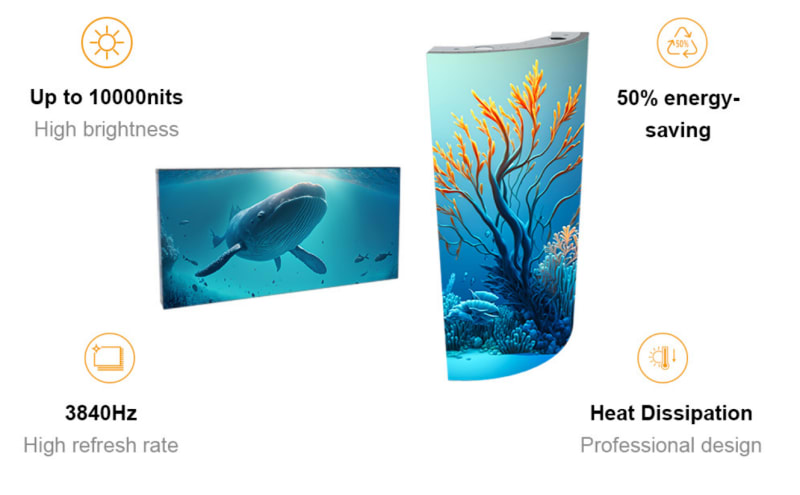With the rapid development of LED displays, the popularization and application of LED large-screen products such as full-color LED displays and LED electronic displays has greatly promoted the rapid development of the industry, especially the application of full-color LED displays.

As we all know, full-color LED display is the main carrier of advertising and information broadcasting, so the clarity of full-color LED screen is very necessary, so what are the factors that affect the clarity of full-color LED screen?
Resolution: Resolution is the number of pixels of the LED display, usually expressed in terms of horizontal pixels and vertical pixels. Higher resolution screens can show more detail and are therefore usually sharper. Teach you 8 ways to remove the moiré effect of the LED display.

Dot pitch: Reducing the dot pitch of the full-color LED display can improve its clarity. The smaller the dot pitch of the full-color LED display, the more delicate the picture will be displayed. However, for this point, there must be mature technology as the core support, and its input cost is relatively high, and the price of the full-color LED display produced is also high, but fortunately, the market is now developing towards small-pitch LED displays.

Pixel density: Pixel density refers to the number of pixels per inch, usually measured in PPI (pixels per inch). Higher pixel density results in sharper images, especially when viewed up close.
Brightness: Brightness is the intensity of the light emitted by the LED display. Higher brightness improves display visibility in bright environments, aiding clarity.

Contrast: Contrast is the degree of difference between light and dark parts of an image. Higher contrast enhances image depth and clarity.
Gray Levels: Gray levels represent the number of different brightness levels an LED display can display. More levels of gray allow more colors and details to be displayed, improving clarity.
Taking these factors into consideration and selecting the appropriate LED display according to specific application scenarios and needs can ensure the best image quality and clarity.


















